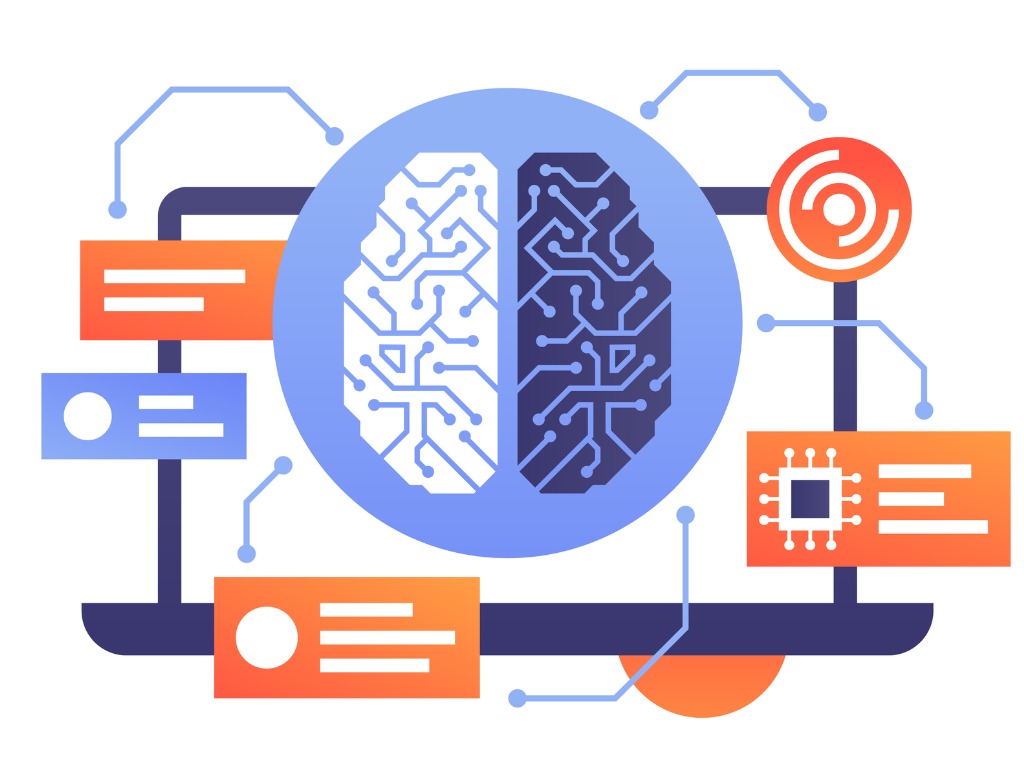
Machine Learning (ML) is a powerful tool that can help organizations unlock valuable insights from their data. By using ML algorithms, businesses can automate tasks, make predictions, and identify patterns in large datasets that would be impossible for humans to do manually. In this blog post, we’ll explore the four types of ML - classification, prediction, interpretation, and generation - and how they can be used to improve your organization’s workflows.
Classification
Classification is a type of ML that involves categorizing data into different groups or classes. It is often used for image recognition or natural language processing tasks. For example, a federal agency might use classification to identify objects in satellite images or to classify documents by topic. Private companies might use it to classify customer support requests based on their content.
Prediction
Prediction is another type of ML that involves forecasting future outcomes based on historical data. This can be useful for predicting sales, identifying potential fraud, or estimating the likelihood of an event occurring. For example, a federal agency might use prediction to forecast demand for emergency services during natural disasters. Private companies might use it to predict customer churn or to optimize their inventory levels.
Interpretation
Interpretation is a type of ML that involves extracting meaningful insights from data. It can be used to identify trends, anomalies, or patterns in data that might be difficult for humans to detect. For example, a federal agency might use interpretation to analyze crime statistics and identify areas that need more policing. Private companies might use it to analyze customer feedback and identify areas for product improvement.
Generation
Generation is a type of ML that involves creating new content or data based on existing patterns. This can be useful for generating natural language responses to customer queries or for creating new product designs based on customer preferences. For example, a federal agency might use generation to create realistic scenarios for emergency response training. Private companies might use it to generate personalized marketing messages based on customer data.
Now that we’ve explored the different types of ML, let’s discuss how federal agencies and private companies can embed them into their workflows. By integrating ML into your organization’s workflows, you can unlock valuable insights and make better-informed decisions.
Federal agencies can greatly benefit from implementing machine learning (ML) in their workflows. ML can improve public safety, disaster response, and national security. For example, the Federal Emergency Management Agency (FEMA) might use prediction to forecast demand for emergency services during natural disasters, while the National Security Agency (NSA) might use classification to identify potential threats from foreign adversaries. Meanwhile, the Department of Veterans Affairs (VA), one of the largest federal agencies in the United States, could use ML for medical diagnosis and treatment. By training an ML model to recognize patterns in medical data, doctors and clinicians could be more efficient in identifying potential health issues and recommending appropriate treatments. Additionally, ML could analyze large amounts of data related to veteran health and benefits to identify areas for improvement and better allocate resources. The possibilities for ML in the VA are vast and could greatly benefit the health and well-being of our nation’s veterans.
For private companies, ML can be used to improve customer experience, optimize business processes, and increase revenue. For example, an e-commerce company might use interpretation to analyze customer data and identify areas for product improvement. A financial services company might use prediction to identify potential fraudulent transactions.
By using ML as a force multiplier, organizations can level up their stakeholders into power users. For federal agencies, this might mean training emergency responders to use ML-powered tools to improve their effectiveness. For private companies, this might mean training customer service representatives to use ML-powered tools to provide more personalized support to customers.
At zCore, we specialize in developing software solutions that leverage ML to help organizations unlock the full potential of their data. Our team of experienced developers can help you identify the best ML algorithms for your specific use case, and implement them into your workflows seamlessly.
Machine Learning is a powerful tool that can help organizations unlock valuable insights from their data. By using the four types of ML - classification, prediction, interpretation, and generation - organizations can automate tasks, make predictions, and identify patterns in large datasets that would be impossible for humans to do manually. By embedding ML into their workflows, organizations can level up their stakeholders into power users and make better-informed decisions. This can lead to improved operational efficiency, increased customer satisfaction, and a competitive edge in the market. Furthermore, as machine learning models continue to evolve and improve, the potential for even more sophisticated data analysis and insights is vast. The innovators at zCore know that embracing machine learning is not just an option but a necessity for organizations that want to stay ahead in today’s data-driven world. Learn how we can help you unlock the full potential of your data with machine learning.